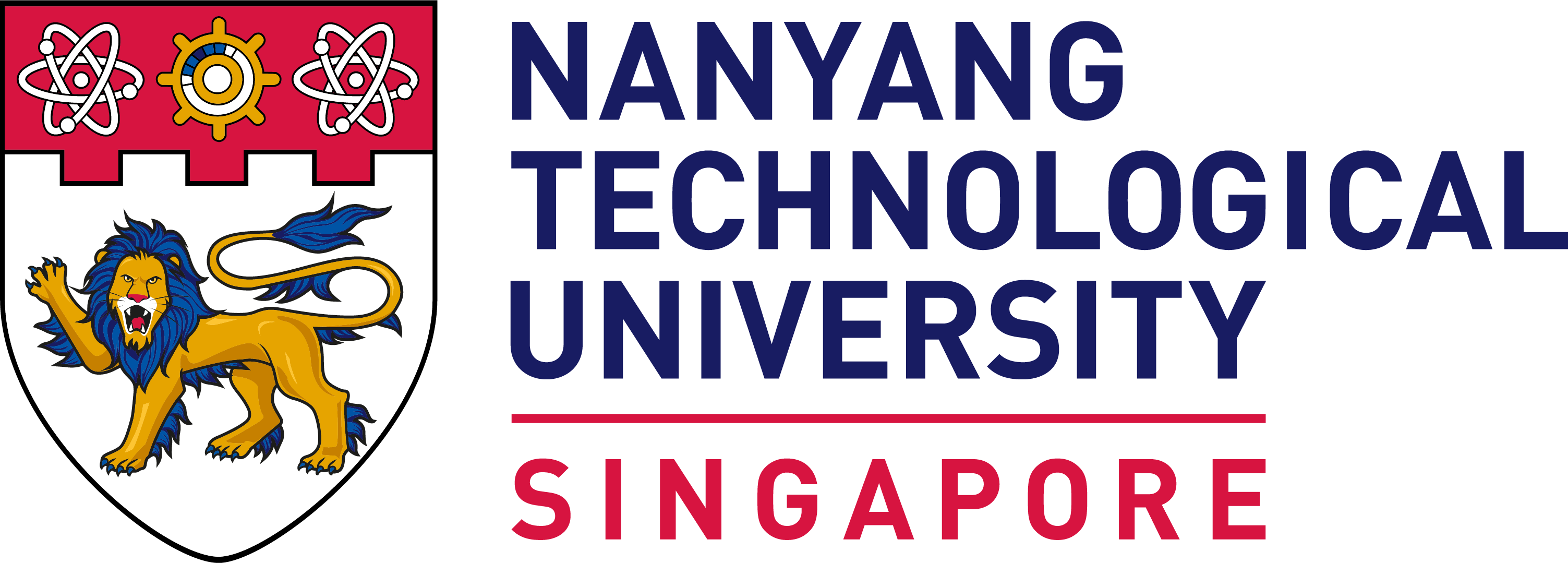A Double Major programme covering the applications of mathematics to economics and financial modeling.
A modern education in the Mathematical Sciences provides a superb foundation for the quantitative study of Economics, particularly in areas such as econometrics and financial economics.
In this interdisciplinary programme, run jointly by the School of Physical and Mathematical Sciences and the School of Social Sciences, students receive rigorous training in fundamental and applied mathematics, including topics such as algorithm analysis, statistics, and time series analysis, alongside economics topics such as microeconomics, macroeconomics, and econometrics.
The programme is ideal for students planning to pursue careers in the financial services industry, or entering professional or graduate programmes in finance, economics, actuarial science, and related fields.
Programme Structure & Duration
This is a full-time four-year Bachelor of Science programme. The following curriculum applies to students matriculating in 2021 or later. Click here for the curricula for other matriculation years.
The Mathematical Sciences major is divided into four tracks: Pure Mathematics (PMAS), Applied Mathematics (AMAS), Statistics (STAT), and Business Analytics (BA). The distribution of Academic Units (AU) varies between the different tracks.
Programme Overview
| Courses | AU |
|---|---|
| Mathematical Sciences Core Courses | 45 AU (STAT track) 44 AU (BA/AMAS/PMAS tracks) |
| Economics Core Courses | 24 AU |
| Mathematical Sciences Prescribed Electives | 7 AU (STAT track) 8 AU (BA/AMAS/PMAS tracks) |
| Economics Prescribed Electives | 30 AU |
| Final Year Project Students must do a Final Year Project (MH4900). A grade of A- or better in the Final Year Project is required to be eligible for Honours (Highest Distinction). |
8 AU |
| Interdisciplinary Collaborative Core (Common Core) | 17 AU |
| Interdisciplinary Collaborative Core (Foundational Core) | 10 AU |
| Broadening and Deepening Electives (BDE) | 6 AU |
| Total | 147 AU |



71c552b9-56d0-4df7-a4b1-8ea31da180b9.png?sfvrsn=71e9d4da_3)


